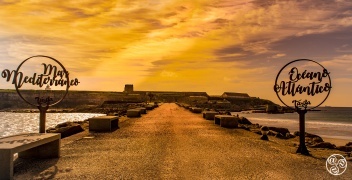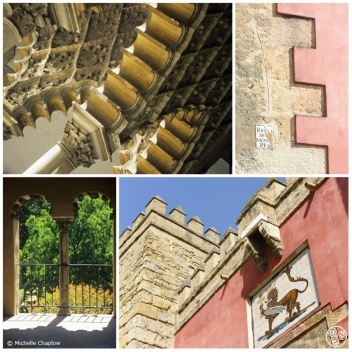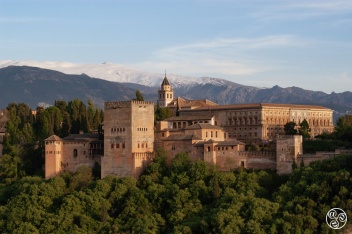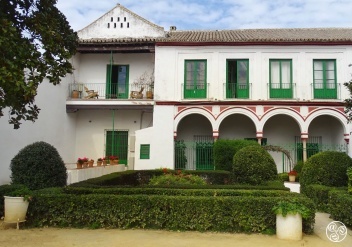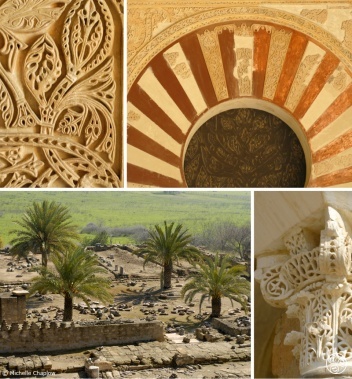Isla de las Palomas / Isla de Tarifa
Isla de las Palomas is a small island linked to the town of Tarifa by a causeway, which extends south into the Atlantic Ocean from the town. The island is the southernmost point of mainland Spain and the European continent, and only 11 km from the Moroccan coast.
